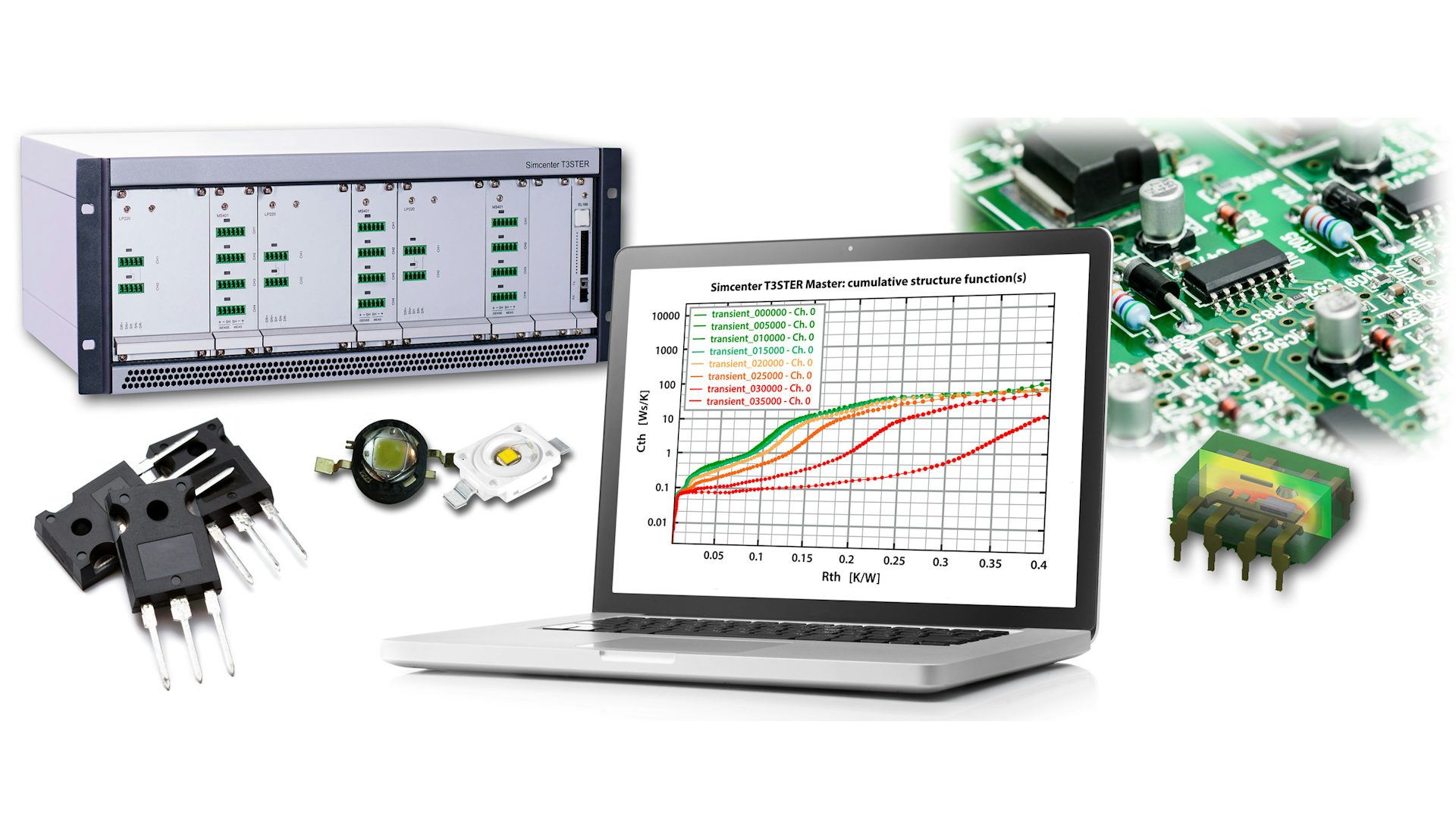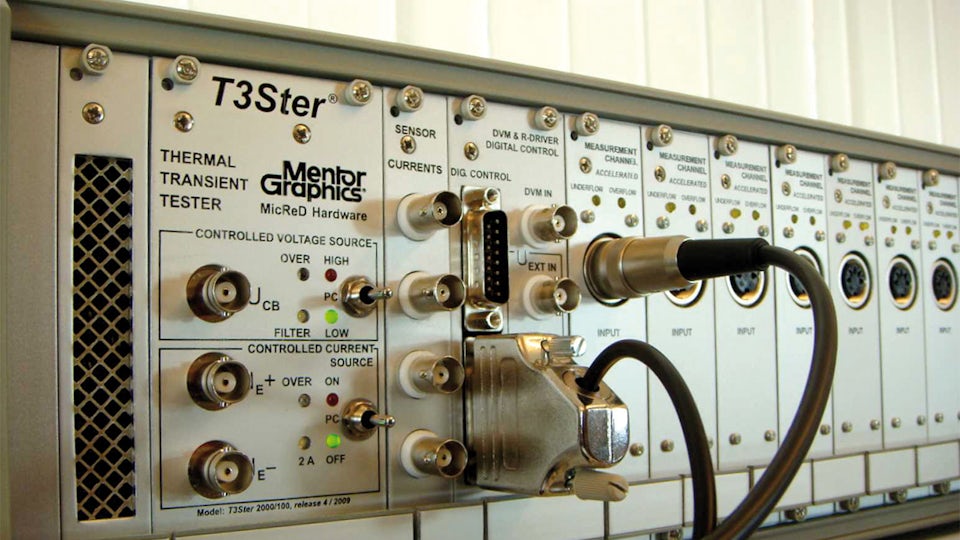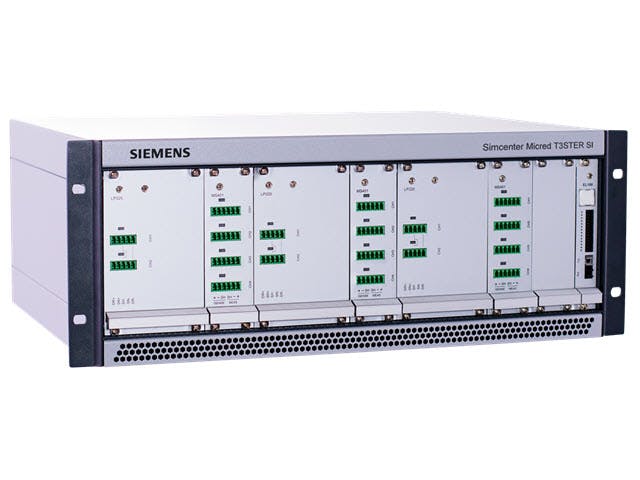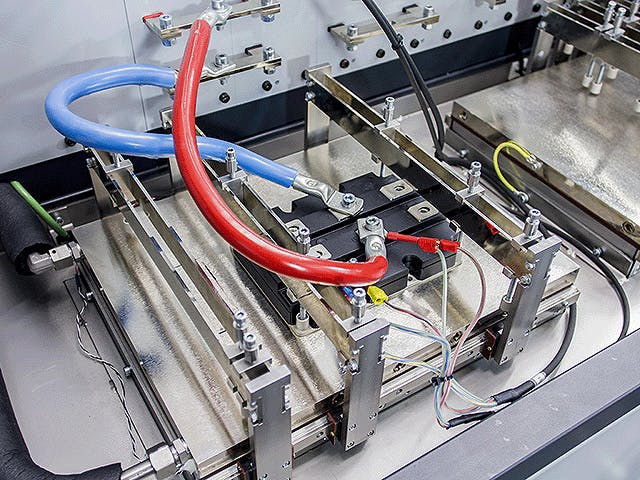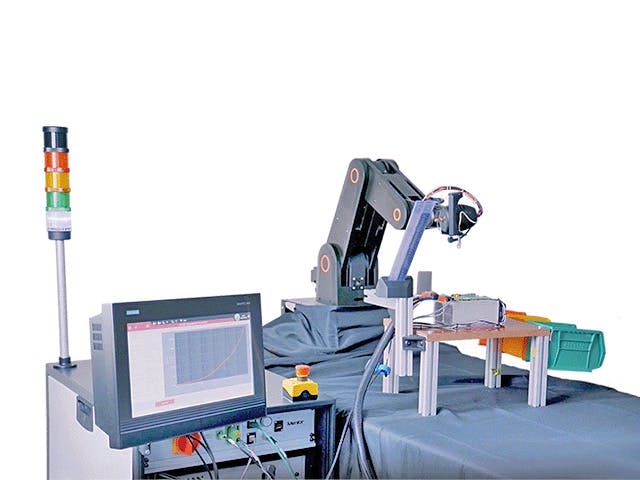열 특성화 하드웨어 솔루션 제품군은 컴포넌트 및 시스템 공급업체에 반도체 집적 회로 패키지, 단일 및 어레이 LED, 스택 및 멀티다이 패키지, 전력 전자 모듈, TIM(열 전달 물질) 속성 및 완전한 전자 시스템을 정확하고 효율적으로 테스트 및 측정하고 열적으로 특성화할 수 있는 기능을 제공합니다.
Siemens의 하드웨어 솔루션은 여러 개별 테스트의 결과를 인위적으로 조합하는 대신 패키지된 반도체 장치의 실제 가열 또는 냉각 곡선을 지속적으로 그리고 실시간으로 직접 측정합니다. 이러한 방식으로 실제 열 천이 응답을 측정하는 것이 훨씬 더 효율적이고 정확하므로 정상 상태 방법보다 한층 정밀한 열 메트릭을 얻을 수 있습니다. 측정은 정상 상태 방법처럼 반복적으로 수행하여 평균을 구하는 것이 아니라 샘플당 한 번만 수행하면 됩니다.
테스트 및 시뮬레이션을 사용한 전자 장치 열 설계 및 안정성 향상
차량 전기화, 철도, 항공우주 및 전력 변환 같은 적용 분야에서 신뢰할 수 있는 전력 전자 모듈을 컴팩트하게 설계하려면 개발 과정에서 컴포넌트부터 모듈 수준에 이르기까지 열 관리를 신중하게 평가해야 합니다.
